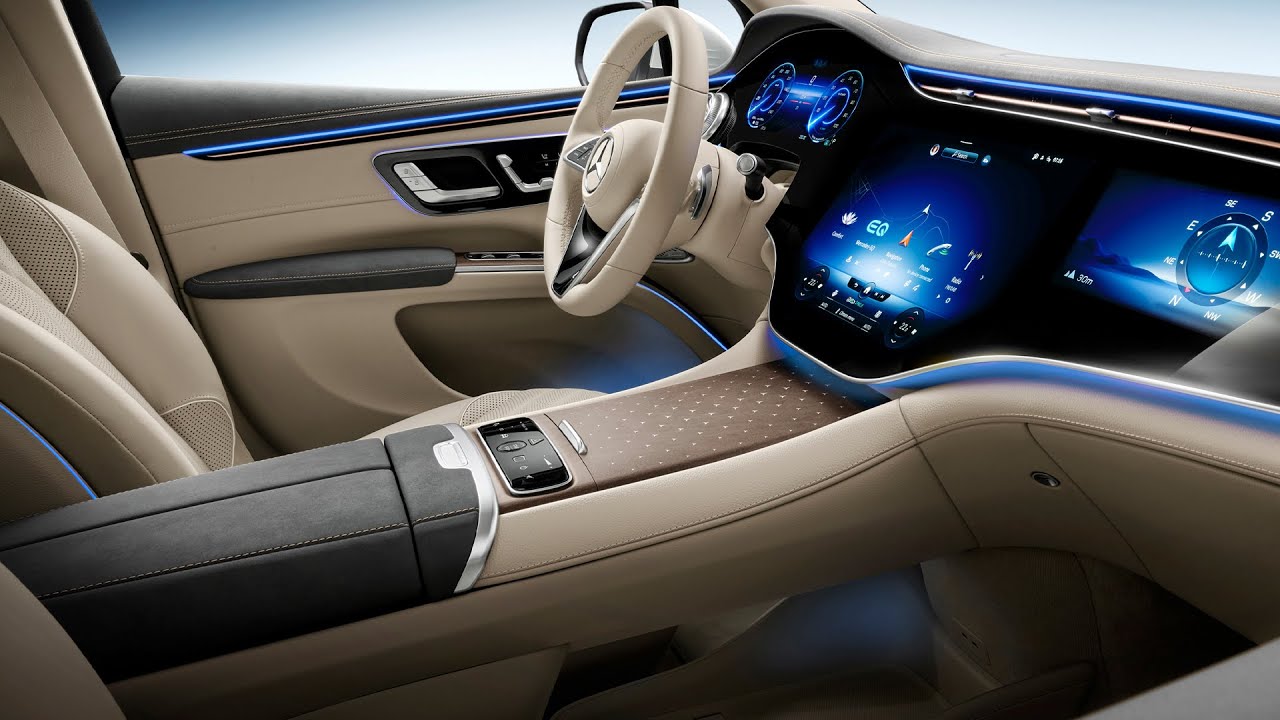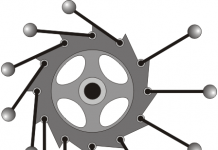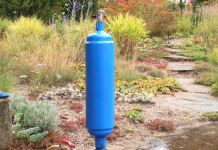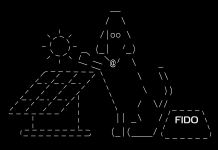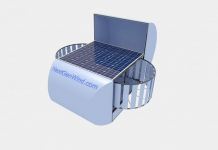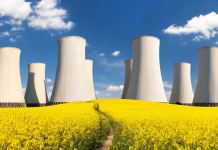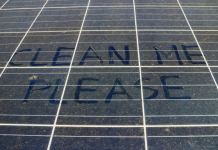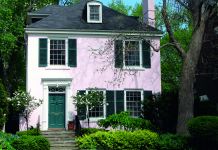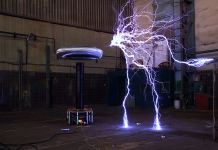One of the most important components of the wind turbine is mast. The safety and the efficiency of wind turbines directly depends on the correct selection of the type of mast, and height. In order to choose the right type of support and height you need to consider a number of characteristics: the area where will be installed the wind turbine, maintenance, right type of the wind turbine.
An important characteristic affecting the efficient operation of wind turbines is the height. First, you need to calculate the minimum height, when will be issued by the generator of the wind turbine rated power. A number of observations made and measurements have shown that the difference between the bottom of the blades and the obstacle (trees, rooftops, etc.) should be 10m. Under this condition no matter the terrain, and wind power is optimal. Note that within a radius of 150m from the wind turbines should not be buildings or plantations of trees. Based on these conditions, calculate the height of the mast is quite simple, anyone can do it. For example, the calculation can take the area with the planting of trees to a height of 12m. Therefore, adding the necessary 10 meters, we find that the lower part of the blade should be no less than 22m. To obtain the final value of the height of the support received to 22m we need to add another height of the blade. When the diameter of the wind turbine 6m, height of the blade is of 3m. Then, the optimal height of the mast of the wind turbine for the given conditions is 25m. Installing a wind turbine below this level is not advisable, because below the level of 25 m, the wind force will be insufficient to produce the desired amount of energy.
The next important aspect is the type of mast on which the wind turbine will be installed.
Among the existing designs of masts it is possible to allocate the 4 most common types:
1. Mast braces are made of small diameter pipes. They are connected by one or more belts of stretch marks. Stretch is the steel cables. The advantages of this design include the fact that she does not need a solid foundation, it is cheap and very easy. This design is to install enough of the winch. The disadvantages are that the design is suitable for wind turbines with low capacity, the height of them up to 20m and it is impossible to climb. Therefore, for the maintenance of the structure shall be lower, and then back up. In addition, you need large area to install the leveling system.
2. The tapered mast is also made from pipes, but in comparison with the previous type, the tubes are larger diameter. These supports are already up to a height of 36m and they can install wind turbines up to 5 kV. The advantage of this type is the design itself, allowing effectively to operate the installation at any wind speed, and vibration during operation is very small. But its main drawback is its cost. Since the making of this prop takes more materials therefore it is more expensive than the previous type.
3. The mast farm is made of individual parts and assembling it takes place directly at the place of installation. This type of construction is quite cheap and reliable. But this design has a drawback in a large sail, this constant rumble. In addition, this type of support has an unattractive appearance. But if the installation occurs in areas distant from home, this lack does not really matter.
4. Hydraulic support is fully automatic. The hydraulic system on which it is applied, can lower and raise the turbine to a predetermined height. It is very good for maintenance of equipment, it is not necessary for any personnel lifting devices. But these masts there is one major drawback is their high price. This type of mast is the most expensive of all.





